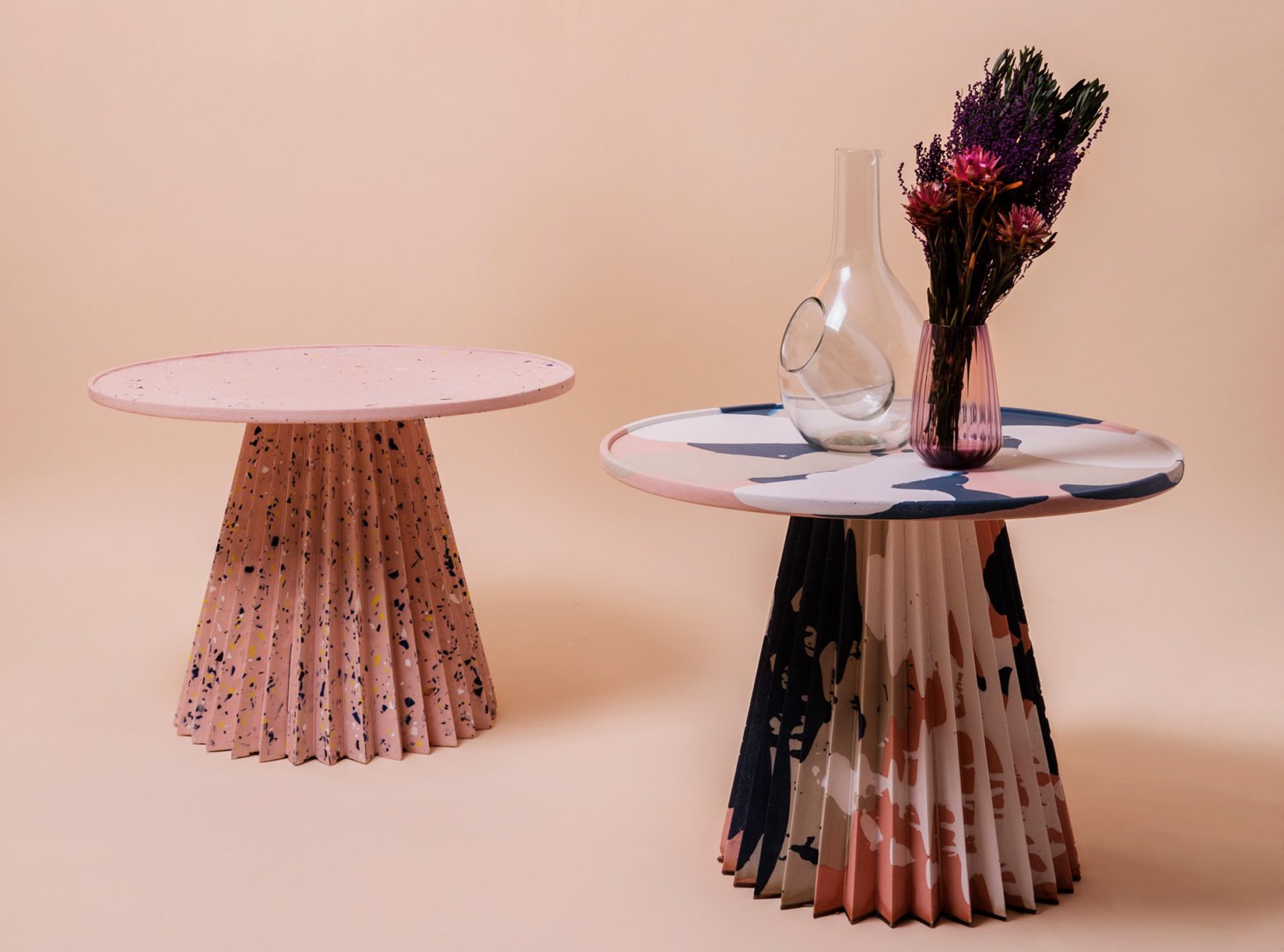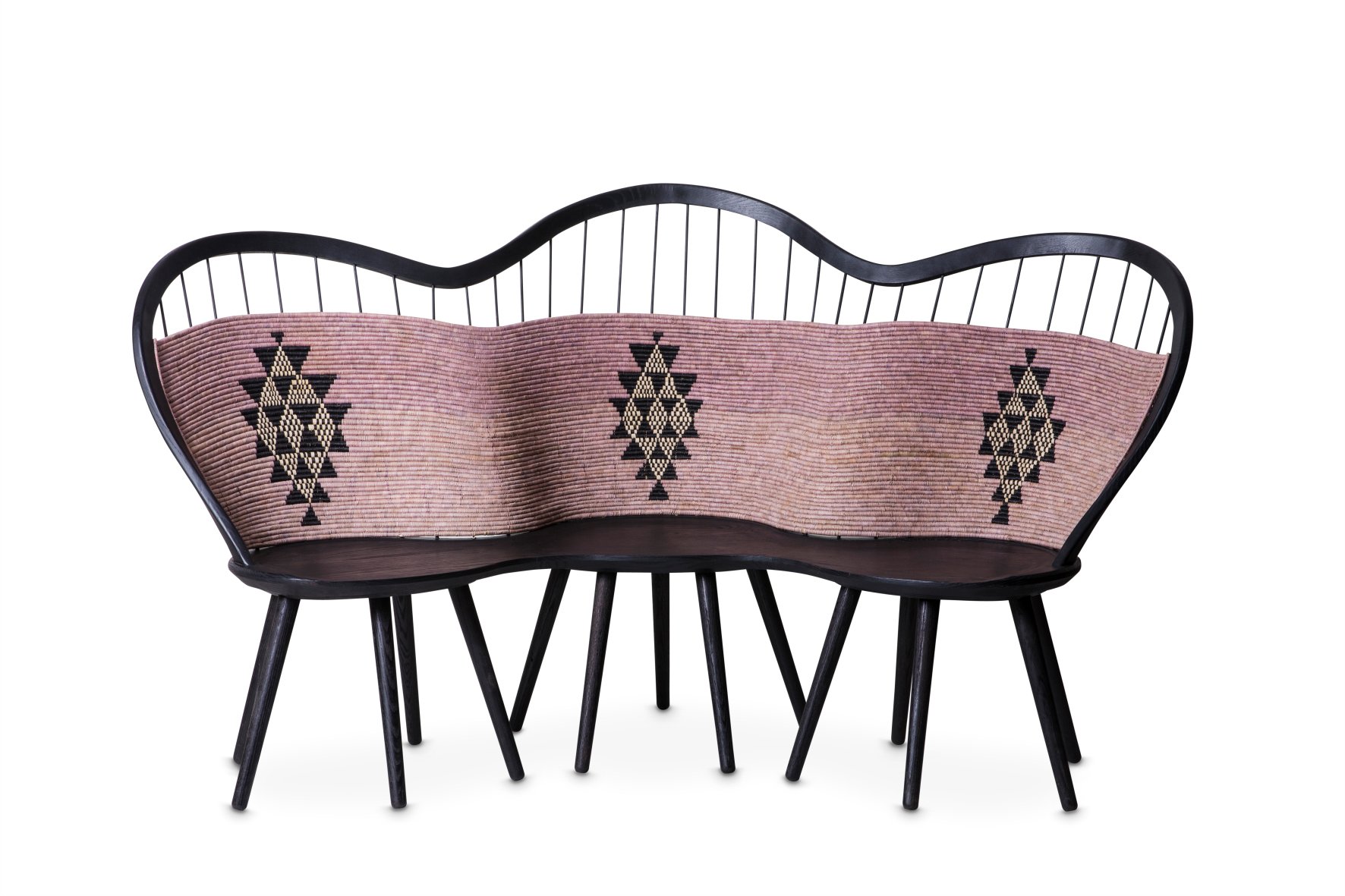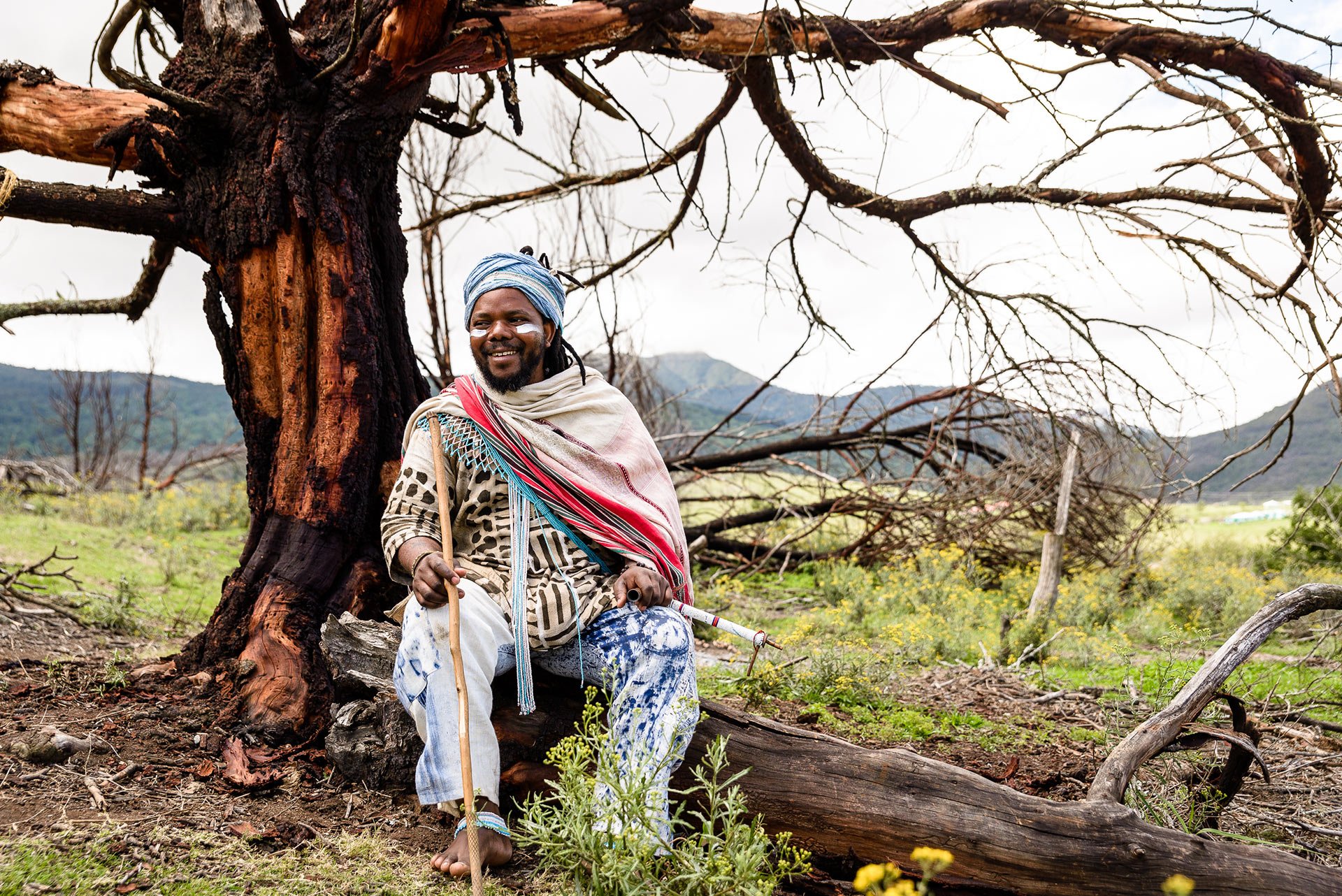This generation of regional design talent is looking back to look forward, as they shine a spotlight on 21st century African design identity, bringing modern African design on to the world stage.
The emergence onto the global stage of a contemporary African aesthetic over the last decade is a result not of the modernisation of Africa, but rather the world’s growing acknowledgement of the continent, and its enormous diversity, as a design force that’s part of the global collective.
For too long, the continent has been treated and viewed as ‘other’, with its design heritage seen through the lenses of curiosity and craft, rather than as an equal and valued contingent of the design world at large.
Somewhat contradictorily, Africa is now asserting its own identity and status as a major player, precisely by emphasising its global relevance and universality, even within an African context. The work being produced now, particularly by young makers and creators, demonstrates the confidence and multilayered world view of this new generation of designers, rather than the myopic perception of Africa so often displayed outside its borders. In South Africa, this drive towards celebrating and shining a light on the diversity and depth within the design community is in full swing with young designers, in particular, determined to position the continent in a more accurate and layered light.
Products by Thabisa Mjo of Mash T Design Studio (Photo credit: Sarah de Pina)
Thabisa Mjo, award-winning product designer and founder of Mash T Design Studio, who has shown her work at Milan Design Week, agrees. “A design is African because it’s made in Africa by Africans. I think the stereotypical perception that people might have had about our design aesthetic is antiquated. There are many young designers who are working hard to craft a contemporary South African design aesthetic that resonates on a global stage.” Mjo, like many designers of her ilk, doesn’t think of herself merely as an ‘African designer’, but rather as a designer who happens to be from South Africa. “I live in a global world, and my inspiration is not limited to the continent,” she says.
That’s not to say this approach requires eschewing heritage and culture. In fact, Mjo’s acknowledgement of tradition and culture are central to her designs, with the Mash T philosophy founded on the value of narrative-driven work. Her studio’s philosophy is to celebrate heritage through design, and this thinking as well as the designer’s lived experience influences her work. “The idea of sharing and celebrating craft, especially traditional craft, is at the heart of what we do,” she says. “We meld traditional crafts with technology to form a really contemporary design aesthetic.” This meeting of past and future is at the heart of this emerging face of 21st century African design and designers.
Andile Dyalvane (Photo credit: Adriaan Louw, courtesy of Southern Guild and Friedman Benda)
Celebrated ceramic artist Andile Dyalvane has become known for the deeply moving way he channels his Xhosa ancestry through his work, with each collection an homage to an aspect of his cultural heritage. His latest show, iThonga, presented by Southern Guild in South Africa and Friedman Benda gallery in the US, comprises 18 sculptural stools, chairs and benches, exhibited in the custom of Xhosa ceremonial gatherings. These stools are placed in a circular arrangement around a fire hearth and herbal offering. iThongo, meaning ‘ancestral dreamscape’ in Xhosa, and refers to the medium through which messages (uYalezo uLwimi lwabaPhantsi) are transmitted from the ancestors. The intricate form of each piece is based on a single pictogram or glyph from a series of close to 200 symbols that Dyalvane has designed to denote important words in Xhosa life, such as entshonalanga (sunset), igubu (drum), umalusi (herdsman) – and which also relate to the natural world and more universal human themes and concepts. Dyalvane’s symbolic lexicon has been an ongoing project, born of his interest in preserving traditional Xhosa knowledge, cultural practices and language.
Andile Dyalvane latest show, iThonga
Sifiso Shange, founder of Afri Modern, echoes this desire with a bold aesthetic that is unmistakably African, and yet equally, universal and timeless in its simple graphic appeal. “I strongly believe what makes contemporary African design is the sense of Africanism existing in contemporary design in perfect harmony, where the African aesthetic is celebrated in a contemporary vehicle.”
Like Mjo, he also channels his identity through his pieces. Proud of his Zulu heritage, his work communicates this in highly relevant fashion via an aesthetic deeply rooted in a blend of minimal and bold African Zulu beadwork motifs and compelling shapes and forms. “African design is distinctive and carries a strong sense of the people or stories it represents,” says Shange. “My work is a celebration of modern African Zulu culture by storytelling through design. A commitment to preserving it, and a heartfelt tribute to Africa, the place I call home. My designs aim to share stories that transcend time with me as a bridge between the past, present and future.”
Frances Van Hasselt, founder of mohair design studio Frances VH, also takes traditional craft and techniques, and interprets them in a modern way. Her recent collaboration with ceramicist Eva Shuman, with visuals produced by an all-female creative team, takes the landscape of the Karoo, a vast, arid and beautiful region in central South Africa, as inspiration. This honouring of the physical makeup of ‘home’ is a universal concept, and while the source of the inspiration is typical of this part of the world, the pieces supersede any cultural boundaries.
“I think the world’s perception is moving from a narrow perspective of African design to a much wider, more varied and inclusive understanding of design from the continent,” says Van Hasselt. “African designers, too, are creating from a place of personal inspiration and creativity without a preconceived, external criteria of what defines African design.” South Africa, and more specifically, the Karoo, is also home to most of the world’s mohair farming – one of the world’s most ancient, exclusive, luxurious and sustainable natural fibres. “Mohair should ultimately be recognised in the same way cashmere is in Scotland or Alpaca in Peru,” she says. “To do this, we need to create exceptional, locally made, finished products that celebrate mohair’s distinctive characteristics and African heritage.” Frances VH mohair rugs not only achieve this, but also help to preserve traditional craftsmanship and provide sustainable employment for skilled artisans in rural South Africa.
By Frances Van Hasselt of mohair design studio, Frances VH
Shange believes the world’s increasing curiosity in South Africa, and what it has to offer is catalysing growth in design from the continent, and South Africa. “I feel there’s a strong sense of wanting to know more about the diverse aesthetics, techniques and traditions that embody Africa. The perception on African design, to me, feels positive as the world is now being introduced to a new Africa that it has never seen before, being shared in a new way.”









